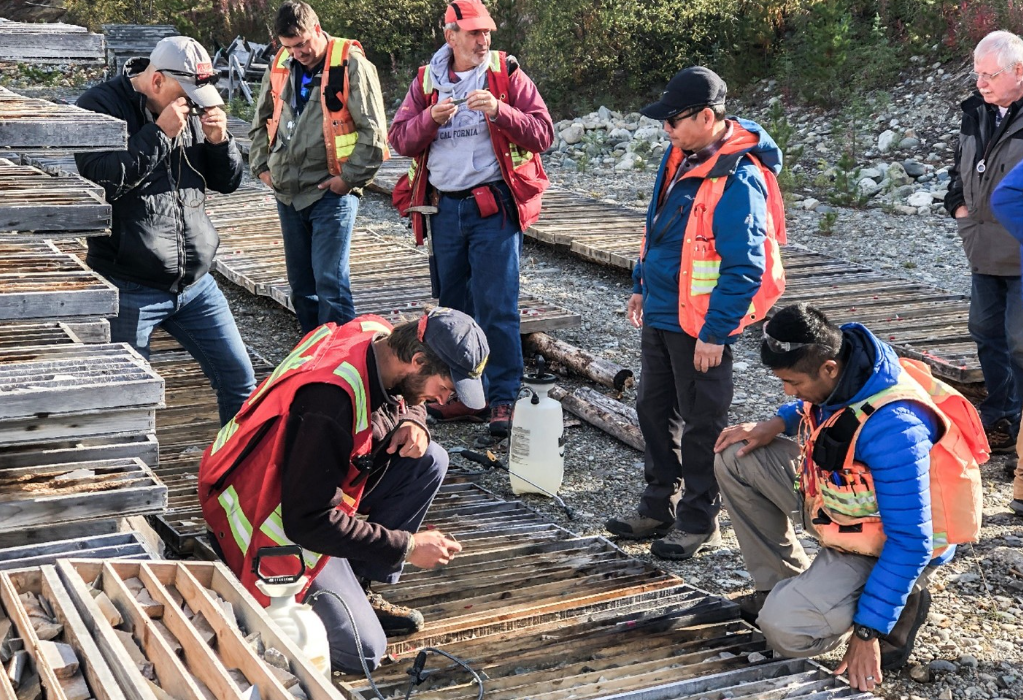
Canadian mining company Greenland Resources has submitted an updated EIA for the Malmbjerg Molybdenum project in east Greenland.
The Malmbjerg Molybdenum project is an open-pit pure molybdenum (Mo) project situated within Greenland Resources’ exclusive mineral exploration licence MEL 2018/11 in east-central Greenland.
This submission to the Greenland Minerals Licenses and Safety Authority aligns with the new legal provisions under the Mining Act effective from 1 January 2024.
The updated EIA, authored by WSP Danmark, remains a crucial regulatory requirement for advancing towards production.
The EIA highlights that out of 19 environmental impacts assessed, 16 are considered low or very low, while four are medium.
Greenland Resources executive chairman Ruben Shiffman said: “We have invested a great deal of care in the environmental aspects of our mine design.
Access the most comprehensive Company Profiles on the market, powered by GlobalData. Save hours of research. Gain competitive edge.

Your download email will arrive shortly
We are confident about the unique quality of our Company Profiles. However, we want you to make the most beneficial decision for your business, so we offer a free sample that you can download by submitting the below form
By GlobalData
“While most of the existing mines are old and have large environmental bonds posted with regulators due to more stringent current environmental rules than in the past; offer lower quality product and are far away from the EU (the second-largest Mo and Mg user where EU has no extraction), our project offers high-quality product, a new mine design, no environmental liabilities, and high sustainability with lower CO₂ vs existing mines in a like-minded EU associate country.”
In terms of environmental risks from accidents and natural disasters, all three risks, including tailings disposal, land and freshwater contamination, and sea contamination due to shipping accidents, are assessed as low.
An independent feasibility study on the tailings management facility (TMF) assigns a low dam classification risk in all four areas under the Canadian Dam Association guidelines.
This includes population, environmental and cultural, infrastructure and economics, indicating a low potential for catastrophic scenarios.
The EIA also includes a six-month study on saturated columns testing and water quality predictions for the TMF.
The results predict that supernatant concentrations will remain below water quality guidelines throughout the mine’s life.
Additionally, a prefeasibility study explores renewable energy generation using wind and solar power to meet significant energy needs, contributing to decarbonisation.
The project’s 2024 sustainability report estimates that scope 1 and 2 greenhouse gas emissions are 35% lower in CO₂-equivalent per pound Mo emissions compared with similar mines. This reduction reaches 73% under a renewable energy scenario.
The project secured an earlier exploitation licence in 2009. Tetra Tech completed a NI 43-101 definitive feasibility study in February 2022.




